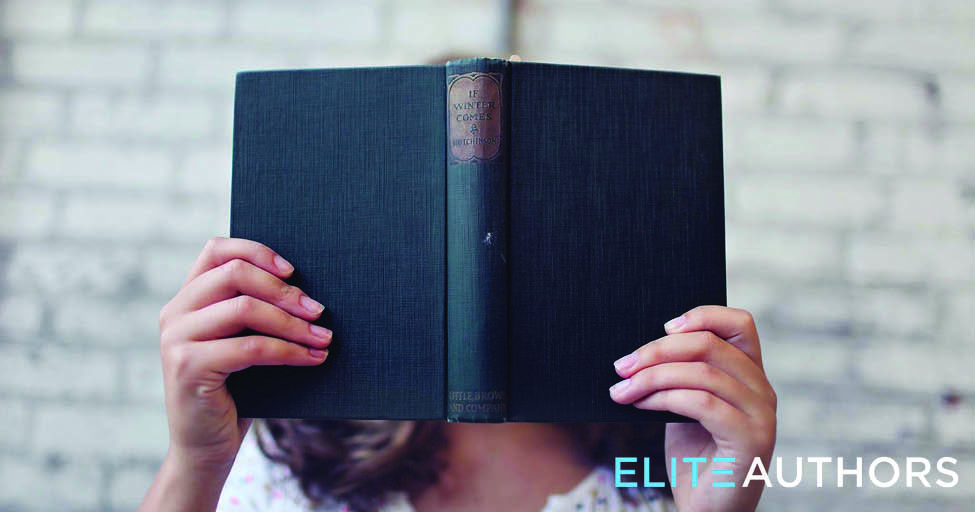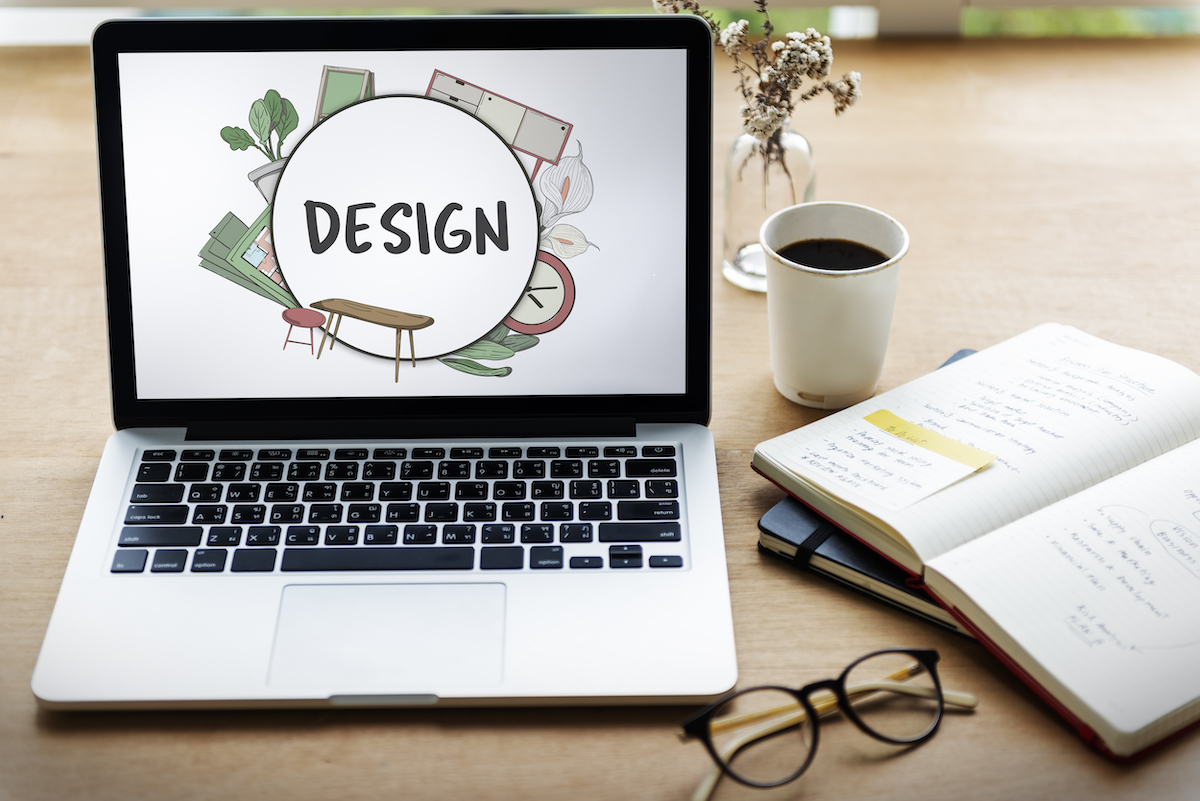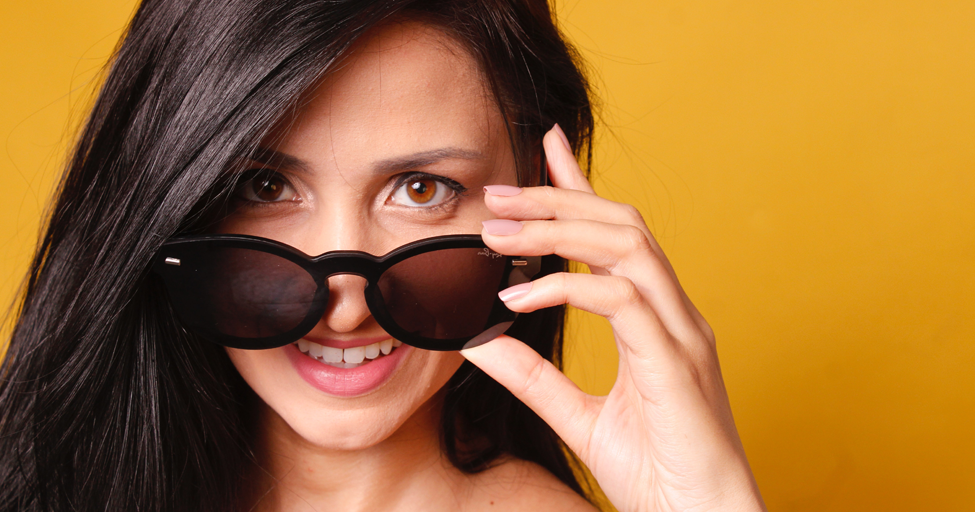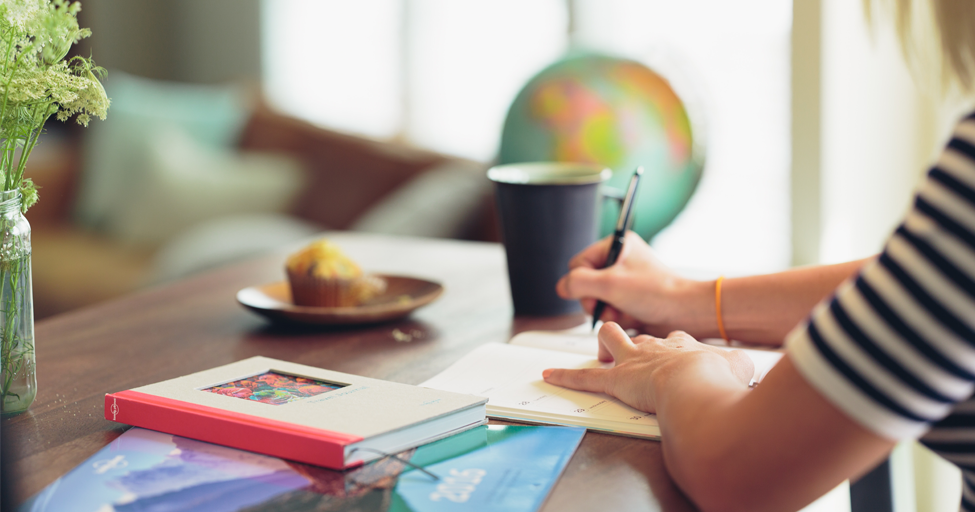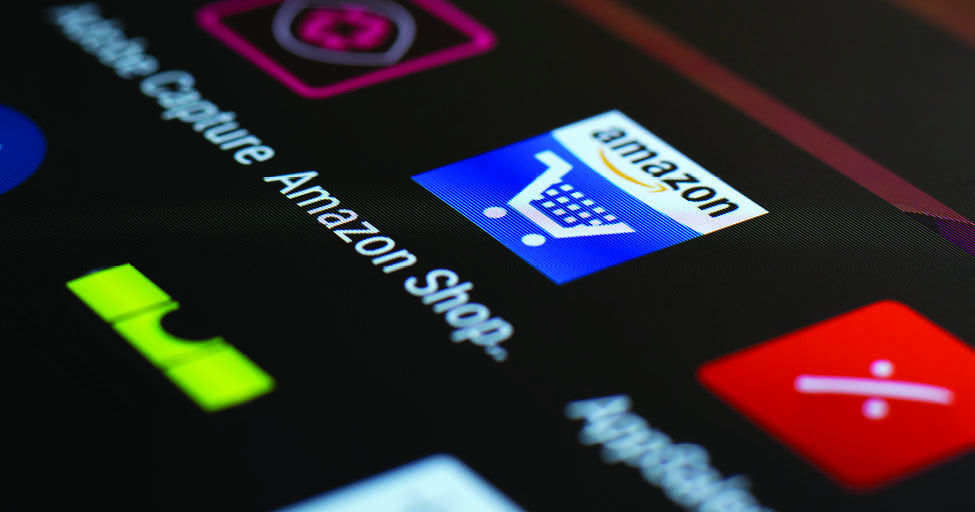
Leveraging Amazon’s Selling Tools for Authors
July 21, 2021
Elite Creative Named to the Inc. 5000 List
August 17, 2021Why You Need a Book Designer
Your book cover is your novel’s first impression to potential readers. The cover design not only communicates your book’s genre but also highlights the tone of your story. Thus, creating a book cover design that captures readers’ attention can help you generate book sales.
If you choose to traditionally publish your book through an agent and publisher, then the publishing house will often use an in-house graphic designer to create your cover design. However, if you choose to self-publish your book, then it’s important to consider hiring a professional book designer.
Book designers are well versed in the software needed to create a book cover that appears professional and attracts readers. A professional designer can help you create the graphics and typography that best portray the style and content of your book. Hiring a book designer can also save you time as you work to get your book ready for publishing.
What does a book designer do?
The goal of your book cover is to catch the reader’s attention. Book designers create graphics and fonts to make readers grab your book off the shelf.
At the end of the day, your book design is a crucial visual for your book promotion. Understanding the role of a book designer can help you budget publishing costs and outline your marketing plan.
What’s the difference between a book cover designer and a book designer?
A book cover designer creates the graphics and layout for the front cover, spine, and back cover of your book. Book cover designers work on everything that relates specifically to your book’s outside cover. So, from the font of your title to the artwork on the cover and the summary on the back, book cover designers can help design the exterior of your book.
Book designers also design book covers. However, they do more than just cover design and typography.
Book designers work on the entire physical appearance of your book. This includes designing the interior of the book along with the exterior. As a result, book designers outline the font and layout of your book’s text and choose the type of paper for your book.
Depending on the setting of your book, different styles of paper may better fit your book’s theme. For example, if your book is a historical fiction novel set in the 1700s, then your book designer may choose paper that is slightly discolored and ripped around the edges.
Reading is a visceral experience. Your story has the power to transport readers to a different time and place. Your book’s feel and appearance should contribute to that experience as well.
It’s the book designer’s job to make sure the physical appearance of your book reflects your story’s theme so the reading experience can be as vivid as possible.
What kind of educational background do book designers often have?
Book designers often have a background in graphic design or some form of art. Most book designers have a bachelor’s degree in graphic design or art and understand how to use different types of design and editing software.
Designers who didn’t pursue art specifically will often have a portfolio displaying their previous projects. Viewing a book designer’s portfolio is a great way to see their experience and the style of their work.
Additionally, many book designers have a background in marketing. Because book covers are a key marketing statement for generating book sales, many book designers can help you develop a marketing strategy for your book cover.
Finally, book designers have a strong understanding of how the publishing industry works. For new self-published authors especially, having a designer who understand the field can help you create a finished book that looks professional.
How are book designers paid?
Book designers can be salaried or hourly workers. Designers who work directly for a publishing house or marketing firm are usually salary employees. On the other hand, freelance designers are often paid on a per-project basis.
As a result, depending on the publishing route you choose—the traditional route or the self-publishing route—your designer will be paid differently.
Elements of book design
Book design is more than just the cover of your book. From typography to layout and ISBN, numerous factors go into designing a bestseller.
What should a good interior layout look like for e-books and print books?
In general, both e-books and print books have the same design elements for a book’s interior layout. On the page level, a good interior layout formats the chapter headings, margins, page numbers, and footers.
From an overall standpoint, your book’s interior content should follow the traditional order of title page, copyright page, dedication, table of contents, body of the book, acknowledgments, and author bio. Additional elements, such as prologues, epilogues, and book previews, may also be included.
It’s also important to note that the interior design of e-books is usually simpler than that of print books. Because e-books appear differently across various types of e-readers, designers tend to maintain simple graphics and typography. Reflowable layouts allow the book’s contents to adapt to different e-readers.
How long does it take to create the elements of a great book design?
A great book design accurately and creatively formats the interior and exterior of your book. Depending on whether you’re designing an e-book or printed book, the timeline may vary.
If you’re looking to design the book cover and interior layout of an e-book, it can take anywhere from a week to a few weeks depending on the page number and design complexity.
The book layout for a print book, however, can take a few weeks to a few months depending on the graphic designer and the book. Print books are generally more complex to design than e-books as they have additional book design elements.
Why do margins and typesetting affect book design?
Margins and typesetting affect book design because they determine the interior layout of your book. If your margins and typesetting are not formatted correctly, your book design can appear unprofessional.
For example, most book margins provide extra space near the book’s binding. If your book’s margins are too small, your book may be hard to read. Creating wider side margins prevents the text from getting lost in the book’s binding.
Typesetting is the layout of your book’s text. Essentially, it’s how the words appear on the pages. Most books follow the same typesetting guidelines, using justified paragraph alignment and serif fonts.
Following both margin and typesetting tips when self-publishing can help you avoid common mistakes and help you create a professional book design.
Challenges with using Microsoft Word for publishing
There are numerous programs and formatting services you can use to layout your book. For self-published authors, Microsoft Word is a common platform.
Understanding the challenges and limitations associated with Microsoft Word can help you determine the best publishing option for your book.
What are the disadvantages of using Microsoft Word for publishing?
One of the main disadvantages of using Microsoft Word for publishing is the lack of customization. Although you can choose different book templates in Microsoft Word, you cannot edit and customize many of the book design elements.
For example, in Word, you cannot edit the banners and page numbers, as these elements are already outlined in the template. As a result, using a template from Microsoft Word can make your book appear generic.
Additionally, editing content in Microsoft Word’s text box can be challenging. Word has an autoflow feature that can help you outline your book. However, if the text box isn’t large enough, then Word won’t accept the content.
Finally, while many platforms within the Office app are compatible with one another, incorporating graphs and charts from Microsoft Excel into Microsoft Publisher can be difficult for new authors. This is because Publisher converts charts into images, so once you add them to your book layout, you can’t edit them.
Which are the best software programs for book design?
Depending on the type of book you’re creating, different software programs can better format your book. For example, Shutterstock Editor is a book design software specifically for e-books. Adobe InDesign is a popular software program for e-books and print books.
Some additional top-rated publishing software programs include Microsoft Publisher, Canva, and Pages.
What do you need to know about Microsoft Word before you use it for book design?
First, text boxes and images in Word can get misaligned easily. This can be frustrating for authors because as you begin editing and formatting a new page of your book, previous pages can get realigned.
It’s also important to know that Microsoft Word has limited version compatibility. As a result, if you try to convert your final book template into a PDF file, the template can look completely different.
Finally, Microsoft Word was not designed for print production. If you’re looking to generate a book template to send to designers, then using Word may work for you. However, if you’re trying to create a polished final product that can get printed, then considering other software programs is a good idea.
How to choose a book designer
Choosing the right book designer for your book can be overwhelming. You may already have an idea for your cover design, or you may have no idea where to start.
Following the below tips for authors and understanding your different design options can help you narrow down your search.
What should you avoid when choosing a book designer?
Avoid hiring a book designer who typically works outside of your book’s genre. The book’s genre plays a significant role in determining the color scheme and graphics for your cover design. For example, mysteries often use a darker color scheme to create an ominous tone whereas romance novels use a lighter color palette to reflect tones of love.
If a designer is not accustomed to working within your book’s genre, their graphics may not fit your book’s tone.
Also, avoid hiring an inexperienced designer. While it may be more expensive to hire an experienced book designer, these designers understand how the publishing industry works. Therefore, they will have a background in book marketing and will understand how to use colors, visuals, and fonts to best portray your story.
How much does it cost to hire a book designer?
If you choose to hire a freelance book designer, costs range depending on the designer’s experience level. For example, hiring a junior designer can usually cost between $50 and $150 per project, whereas hiring a more experienced book designer can cost between $500 and $800 per project.
These price ranges also reflect the type of book design you’re purchasing. Oftentimes, less-expensive book design costs can lead to generic book covers and interior layouts.
What should you look for when hiring a book designer for your book?
First, identify your budget. Determining how much you can spend on cover designs and formatting services can help you find designers within your price range.
After selecting a price range, research book designers within your genre. You’ll want a graphic designer who has experience creating book covers for your genre. If a book designer doesn’t have a portfolio of their previous work online, ask to see samples of their work. This will help you determine whether they’re a good fit for your book.
Finally, be sure to ask designers about their estimated timeline. Although some freelance book designers may be able to offer a quick turnaround, designers working on multiple projects may require more time. Understanding how long the final concept will take may also factor into your decision.
Creating an Elite book design
For self-published authors especially, it’s important for your book cover to look professional. Your book cover can be the difference between potential readers grabbing your book off the shelf or walking right by it.
At Elite Authors, we have award-winning designers who can create captivating visuals that will attract readers. Contact us today, and we’ll help you create a beautiful book cover that promotes your book and your author brand.
